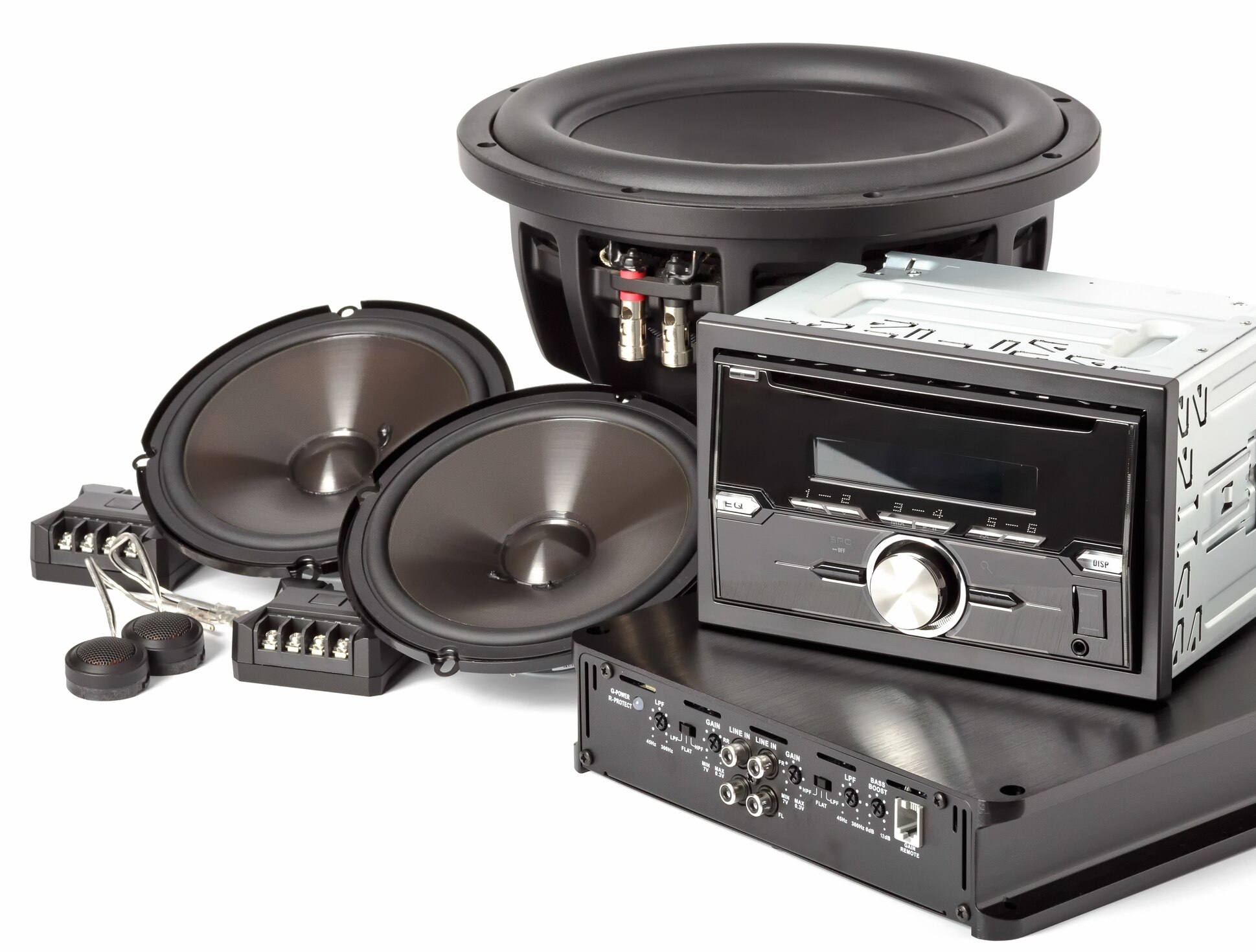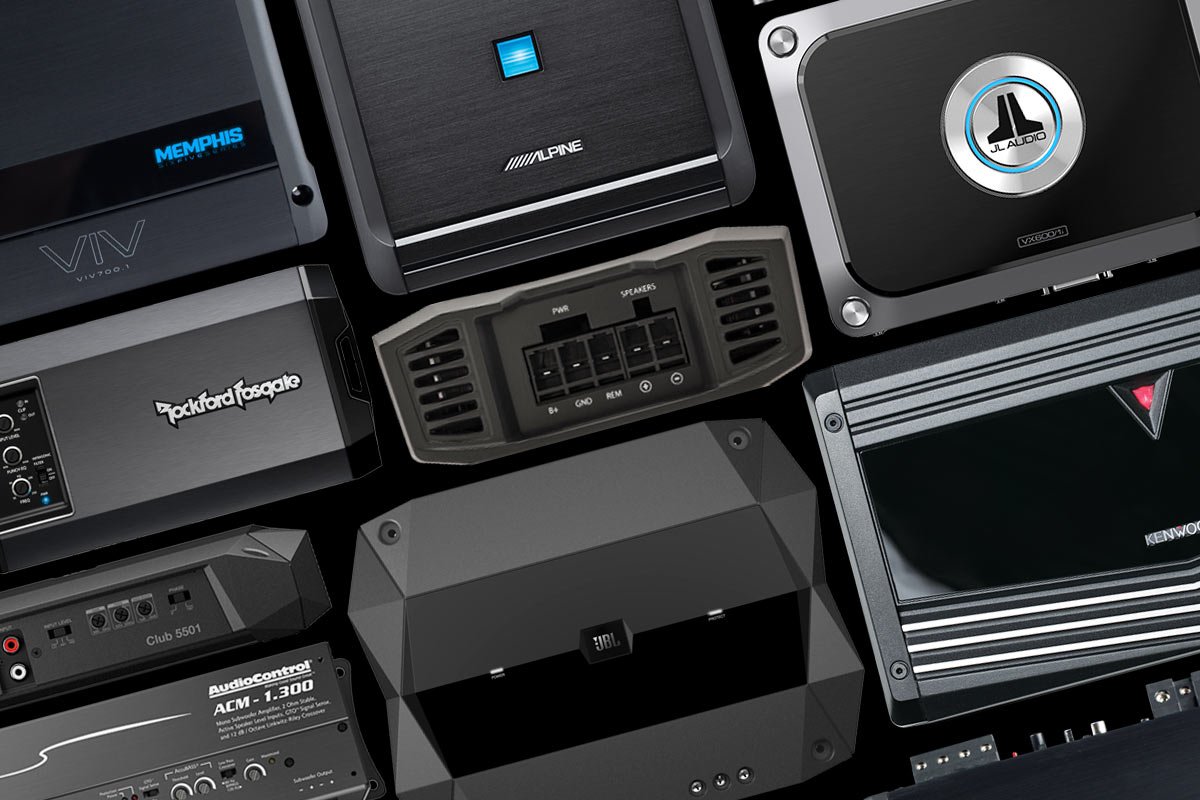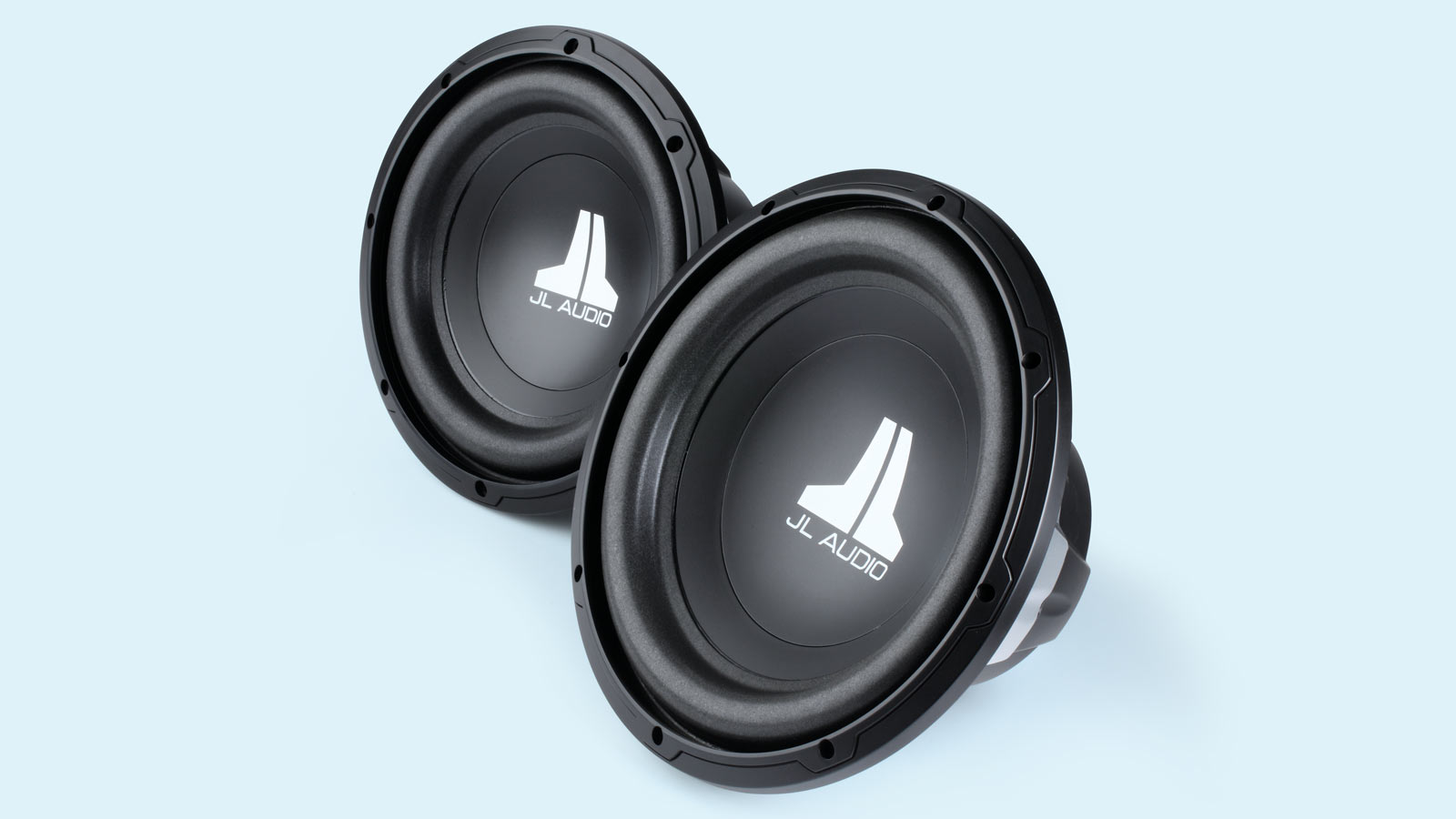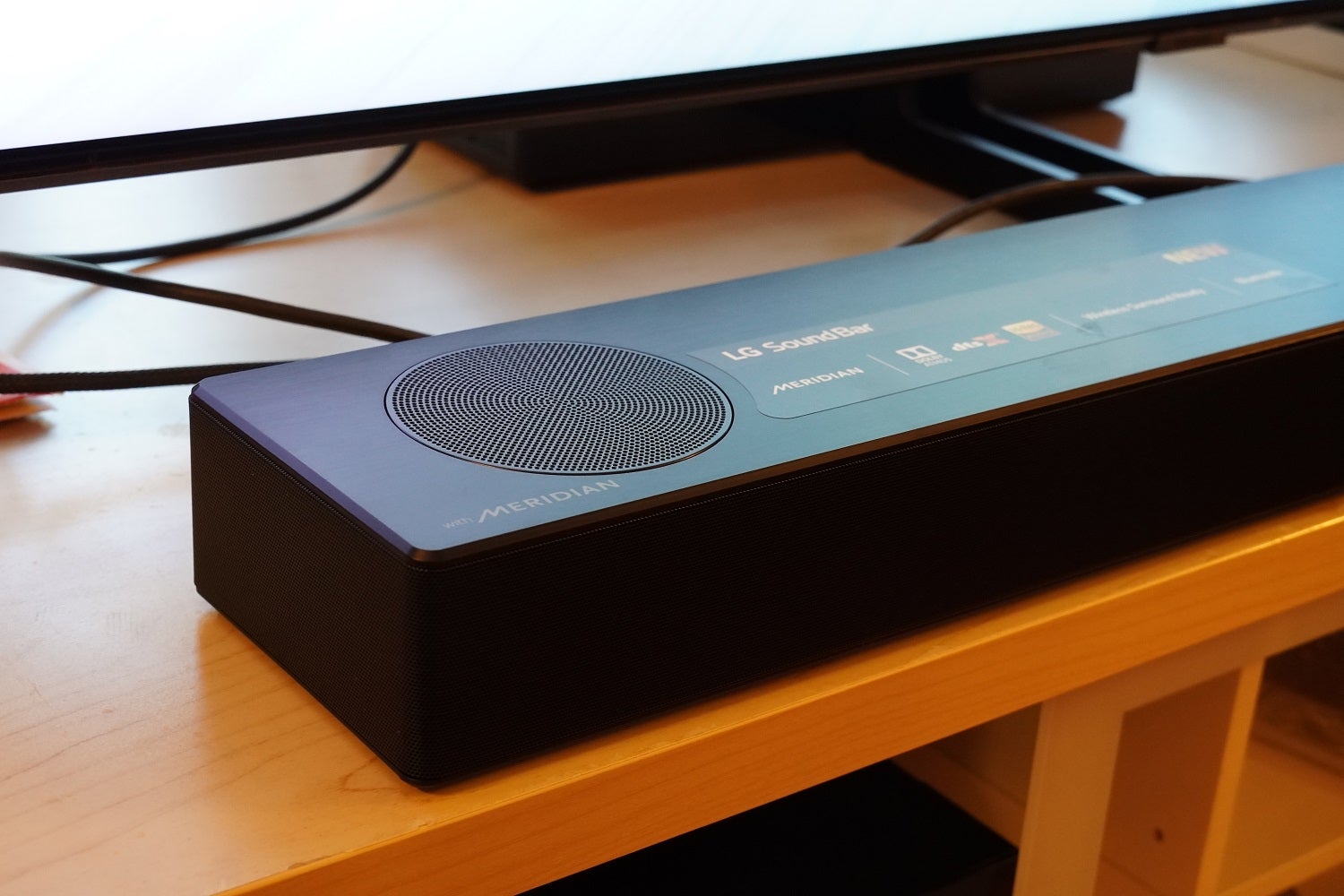Home>Devices & Equipment>Car Audio>How To Make Car Audio Louder
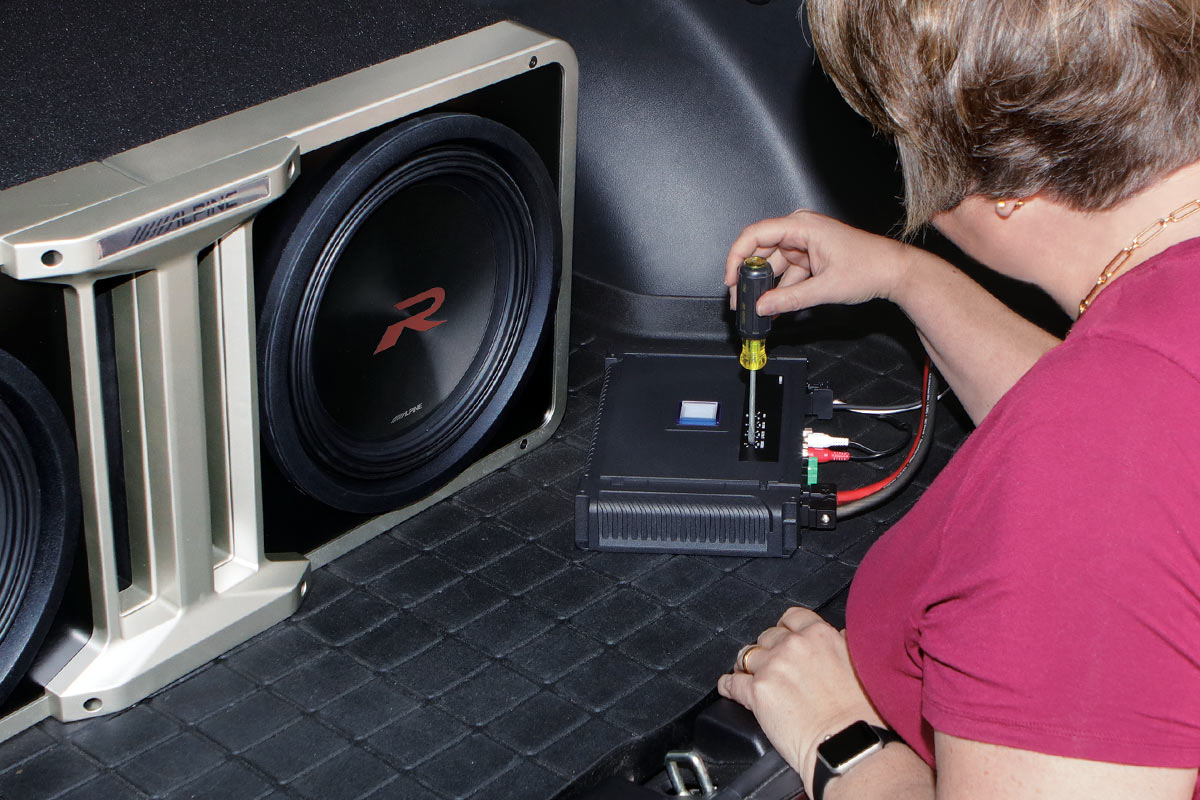

Car Audio
How To Make Car Audio Louder
Modified: March 8, 2024
Learn how to make your car audio system louder with our expert tips and tricks. Enhance your driving experience with our comprehensive guide on improving car audio performance.
(Many of the links in this article redirect to a specific reviewed product. Your purchase of these products through affiliate links helps to generate commission for AudioLover.com, at no extra cost. Learn more)
Table of Contents
Introduction
Welcome to the world of car audio, where your favorite music can come to life while you’re on the road. Car audio systems have come a long way, and with the right knowledge and equipment, you can transform your vehicle into a concert hall on wheels. Whether you’re a music enthusiast looking for the best sound quality or simply want to make your car audio louder, this article will guide you through the process.
Having a powerful and immersive car audio system not only enhances your driving experience but also allows you to enjoy your favorite songs with a whole new level of clarity and depth. The key to achieving this is by carefully choosing the right components and implementing some expert techniques. From selecting the perfect speakers to fine-tuning your audio settings, we’ll cover everything you need to know to make your car audio louder.
Before diving into the specifics, it’s worth noting that installing or upgrading a car audio system may require some technical knowledge. If you’re not confident in tackling the installation yourself, it’s always best to consult with a professional car audio installer who can ensure everything is done correctly and safely.
So, if you’re ready to take your car audio to the next level and create a sonic experience like no other, let’s get started!
Choosing the Right Speakers
When it comes to making your car audio louder, selecting the right speakers is crucial. Upgrading your factory speakers with aftermarket ones can significantly improve the sound quality and overall volume of your system. Here are some factors to consider when choosing the perfect speakers:
- Speaker Size: The size of the speakers determines how well they fit into your car’s audio system. It’s important to check the specifications of your vehicle to ensure that the speakers you choose are compatible. Common sizes include 6.5″, 6×9″, and 5.25″.
- Power Handling: The power handling capacity of the speakers refers to how much power they can handle without getting damaged. It’s important to match the power handling of your speakers with the power output of your car stereo or amplifier to ensure optimal performance.
- Sensitivity: Speaker sensitivity indicates how effectively the speakers convert power into sound. Higher sensitivity speakers require less power to produce the same volume levels, making them ideal for low-powered car audio systems. Look for speakers with a sensitivity rating of around 90dB or higher.
- Speaker Type: There are various types of speakers available, including component speakers and full-range speakers. Component speakers offer superior sound quality but require separate placement for tweeters, woofers, and crossovers. Full-range speakers, on the other hand, come in a single unit and are easier to install.
- Build Material and Design: The build material and design of the speakers can greatly impact their sound quality and durability. Look for speakers with sturdy construction and materials such as polypropylene cones, rubber surrounds, and silk or textile dome tweeters.
Remember, choosing the right speakers is essential for achieving the desired loudness and sound quality. Take your time to research and compare different speaker options to find the ones that best suit your needs and preferences.
Upgrading Your Car Stereo
If you want to make your car audio louder, upgrading your car stereo is another key consideration. The factory-installed stereos often lack the power and features necessary for a truly immersive audio experience. Here are some steps to follow when upgrading your car stereo:
- Assess Your Needs: Determine what features are important to you. Do you want a touchscreen display, Bluetooth connectivity, or advanced equalizer settings? Understanding your requirements will help you choose the right car stereo.
- Power Output: Look for a car stereo with a high power output (measured in watts) to ensure that it can adequately drive your speakers. This will help you achieve louder and clearer audio.
- Preamp Outputs: Check if the car stereo has preamp outputs. These outputs allow you to connect an external amplifier, which can further enhance the power and performance of your system.
- Compatibility: Ensure that the car stereo you choose is compatible with your vehicle’s wiring and mounting. Many car stereo manufacturers provide compatibility tools and installation kits to make the upgrade process easier.
- Professional Installation: While some car stereo upgrades can be done by enthusiasts, it’s often best to have it professionally installed. Car audio professionals have the knowledge and experience to ensure proper installation and minimize any potential issues.
Upgrading your car stereo not only allows you to increase the volume, but also provides access to advanced features and connectivity options. With a new car stereo, you can enjoy the convenience of hands-free calling, streaming music, and even GPS navigation.
Remember to do your research and choose a car stereo that suits your specific needs and preferences. Take into consideration factors such as power output, compatibility, and additional features to make the most out of your car audio upgrade.
Installing an Amplifier
If you want to truly amplify your car audio system, installing an amplifier is a must. An amplifier increases the power delivered to your speakers, allowing for louder and more dynamic sound. Here’s a step-by-step guide to help you install an amplifier:
- Choose the Right Power Rating: Select an amplifier that matches the power handling capabilities of your speakers. Make sure to consider both the RMS power rating and the impedance (ohms) of your speakers when choosing an amplifier.
- Locate a Suitable Mounting Location: Find a suitable location in your vehicle to mount the amplifier. Ensure that there is enough ventilation and space to accommodate the amplifier and its wiring.
- Disconnect the Battery: To prevent any electrical mishaps, disconnect the negative terminal of your car’s battery before starting the installation process.
- Connect the Power Wire: Run a power wire from the battery to the amplifier. Use an appropriate wiring kit that includes a fuse holder and follow the manufacturer’s instructions for proper placement and connection.
- Ground the Amplifier: Locate a suitable grounding spot near the amplifier and connect the ground wire securely. It’s essential to ensure proper grounding to avoid electrical noise or potential damage to the amplifier.
- Connect the RCA Cables: Use RCA cables to connect the amplifier to your car stereo’s preamp outputs. These cables transmit the audio signal from the stereo to the amplifier, allowing for amplified sound reproduction.
- Wire the Speaker Outputs: Connect the speaker wires from the amplifier to the corresponding terminals on your speakers. Ensure that the polarity is correct to avoid phase cancellation and distortion.
- Secure and Test: Once all the connections are made, securely mount the amplifier, reconnect the battery, and test the system. Adjust the amplifier’s gain and other settings as needed to achieve the desired sound quality.
It’s important to note that amplifier installation may require some advanced knowledge of car electronics and wiring. If you’re not familiar with the process, it is recommended to seek professional assistance to ensure a safe and effective installation.
Installing an amplifier can greatly enhance the power and volume of your car audio system, giving you the ability to crank up the volume and enjoy a more immersive audio experience.
Adding a Subwoofer
If you want to add a deep, powerful bass to your car audio system, incorporating a subwoofer is the way to go. Subwoofers are specialized speakers that reproduce low-frequency sounds, adding depth and impact to your music. Here’s how you can add a subwoofer to your car audio setup:
- Select the Right Subwoofer: Choose a subwoofer that suits your preferences and vehicle’s space limitations. Consider factors such as subwoofer size, power handling, and enclosure type (sealed or ported) to ensure optimal performance.
- Determine the Placement: Find a suitable location in your vehicle to place the subwoofer. Common options include the trunk or a custom-built enclosure in the rear. Make sure to leave enough space for proper airflow and secure mounting.
- Choose an Amplifier: Select an amplifier that matches the power requirements of your chosen subwoofer. The amplifier will provide the necessary power to drive the subwoofer and produce deep, low-frequency bass notes.
- Run Wiring to the Amplifier: Connect the amplifier to your car stereo using RCA cables for the audio signal and a separate power cable for the power supply. Make sure the wiring is properly insulated and secured to avoid any interference or electrical issues.
- Wire the Subwoofer: Connect the subwoofer to the amplifier using speaker wire. Be mindful of the polarity to ensure proper phase alignment and prevent any sound distortion.
- Enclosure Considerations: If you’re using a subwoofer enclosure, ensure that it is properly constructed and sealed to prevent air leaks and unwanted vibrations. The enclosure type (sealed or ported) will affect the sound characteristics, so choose according to your preferences.
- Tuning and Adjustments: Once the subwoofer is properly installed and wired, adjust the amplifier’s gain, low-pass filter, and bass boost settings to achieve the desired bass response. Start with conservative settings and gradually fine-tune to avoid overpowering the sound or damaging the subwoofer.
Adding a subwoofer to your car audio system will greatly enhance the low-frequency output, bringing a deeper and more immersive bass experience to your music. The subwoofer’s ability to reproduce low frequencies will add a new dimension to your car audio setup, especially for genres like hip-hop, electronic, or rock music.
If you are uncertain about the installation process, it is recommended to seek professional assistance. A car audio specialist can guide you through the selection and installation process, ensuring optimal performance and preserving the integrity of your vehicle.
Sound Deadening Techniques
One important aspect of achieving louder and clearer car audio is reducing unwanted noise and vibrations. Sound deadening techniques help minimize road and engine noise, allowing your music to be heard more clearly. Here are some effective sound deadening techniques:
- Use Sound Deadening Material: Apply sound deadening material, such as mass-loaded vinyl or butyl rubber, to the doors, trunk, and other areas where noise enters the vehicle. These materials dampen vibrations and reduce the transmission of sound, resulting in a quieter and less distorted audio experience.
- Seal Gaps and Leaks: Identify any gaps or leaks in the vehicle’s interior, such as around door panels or air vents, and seal them with weatherstripping or foam tape. This prevents outside noise from entering the cabin and interfering with the audio system.
- Install Acoustic Carpet or Floor Mats: Replace your factory carpet or add acoustic floor mats to reduce road noise. Acoustic materials absorb sound vibrations, improving the overall sound quality in the car.
- Upgrade Speaker Enclosures: If you’re using aftermarket speakers, consider upgrading the speaker enclosures. Well-constructed enclosures help direct sound waves towards the listeners and prevent sound leakage, resulting in improved sound clarity.
- Ensure Proper Insulation: Insulate the doors, floor, and ceiling of your vehicle with foam or other insulating materials. This helps reduce sound transmission and can enhance the performance of your car audio system.
- Address Engine and Exhaust Noise: If engine or exhaust noise is affecting the audio quality, consider installing additional insulation around the engine compartment or upgrading the exhaust system with noise-reducing components.
Implementing sound deadening techniques not only improves the overall audio experience but also provides a quieter and more comfortable ride. By reducing unwanted noise and vibrations, you can fully enjoy the immersive sound of your car audio system without distractions.
While sound deadening techniques can be done as a DIY project, it can also be intricate and time-consuming. If you’re unsure about the process, it’s best to seek professional assistance to ensure proper installation and maximum effectiveness.
Adjusting Audio Settings
Once you’ve upgraded your car audio system and implemented various enhancements, fine-tuning the audio settings is essential to achieve the best possible sound quality and volume. Here are some key audio settings to adjust:
- Equalizer: Most car stereos come equipped with an equalizer, which allows you to adjust the audio frequencies. Experiment with different equalizer presets or manually adjust the settings to suit your music preferences. Boosting certain frequencies can enhance bass or treble, while lowering frequencies can reduce distortion or overpowering elements.
- Balance and Fade: Balance and fade settings allow you to adjust the volume distribution between the left and right speakers, as well as front and rear speakers. Make sure the audio is balanced according to your seating position and preferences.
- Loudness: Many car audio systems have a loudness function, which boosts low and high frequencies at lower volume levels. Activate this feature to compensate for any loss of bass or other frequencies at lower volumes, resulting in a more balanced sound experience.
- Subwoofer Level: If you’ve added a subwoofer to your system, adjust the subwoofer level to find the right balance between your speakers and the subwoofer. Avoid overpowering the sound with excessive bass, or having it too low that it becomes unnoticeable.
- Time Alignment: Advanced car audio systems offer time alignment settings, which adjust the sound delay between speakers to create a more realistic and immersive soundstage. Use time alignment to achieve precise audio imaging and staging, ensuring the music sounds as if it’s coming from the right positions in the car.
- Noise Reduction: Some car audio systems feature noise reduction or suppression settings. Activate these settings to minimize any background noise or interference, resulting in a cleaner audio signal and improved sound quality.
Adjusting the audio settings is a personal preference, and it may take some trial and error to find the perfect balance. Experiment with different settings and listen to various genres of music to determine what sounds best in your car audio system.
Additionally, remember that the acoustic properties of your car’s interior can affect the overall sound quality. Factors such as the type of seats, interior materials, and even the number of passengers can impact how the audio is perceived. Consider these factors while adjusting the audio settings to achieve the optimal sound experience.
Conclusion
Congratulations on diving into the world of car audio and learning how to make your car audio louder. By following the tips and techniques outlined in this article, you can transform your vehicle into a music lover’s paradise, with enhanced sound quality, increased volume, and a more immersive audio experience.
Whether you choose to upgrade your speakers, install an amplifier, add a subwoofer, apply sound deadening materials, or adjust audio settings, each step plays a crucial role in achieving the desired effect. It’s important to consider factors such as compatibility, power rating, and proper installation techniques to ensure optimal performance.
Remember, upgrading your car audio system requires a balance between technical knowledge and personal preferences. If you’re uncertain about any aspect of the process, don’t hesitate to seek professional assistance. A car audio specialist can guide you through the selection, installation, and fine-tuning process, ensuring that you achieve the best possible results.
With the right components and thoughtful implementation, you can create a car audio setup that not only makes your music louder but also provides a rich, detailed, and immersive listening experience. Enjoy your favorite songs like never before as you hit the road and let the captivating sound envelop your senses.
So, what are you waiting for? Start exploring the options, gather the necessary components, and bring your car audio dreams to life. Whether it’s singing your heart out to your favorite tunes or experiencing the thumping bass beats, your upgraded car audio system will take your driving experience to a whole new level.



